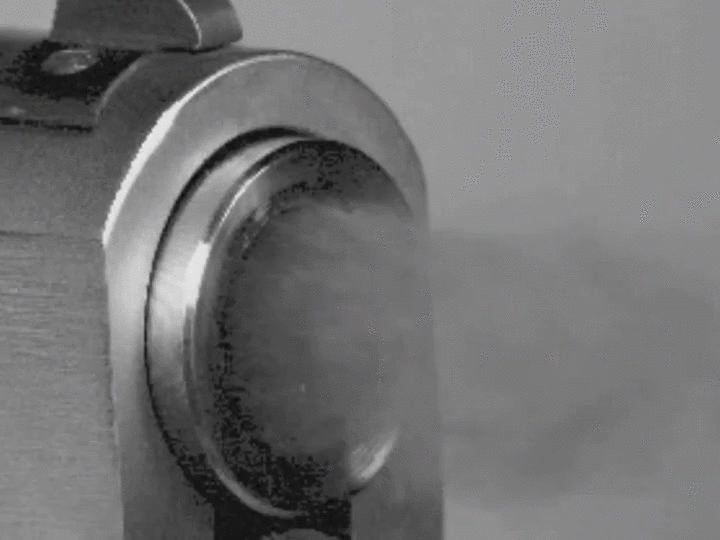The bullet is going supersonic, so it should be way ahead of the gases that follow it (since there should be *zero* preceding it if the bullet is sized correctly and you don't have gas blow-by)
Exactly this.
If the bullet is way ahead of the gasses, what is pushing the bullet down the barrel?
And once the bullet leaves the barrel and begins to slow, what happens to the still expanding gas behind it?
The OP may be overestimating the magnitude of the effects, but his grasp of the physics of gas expansion past the bullet while still in the muzzle device is pretty solid.

[video=youtube_share;7y9apnbI6GA]http://youtu.be/7y9apnbI6GA?t=9s[/video]
